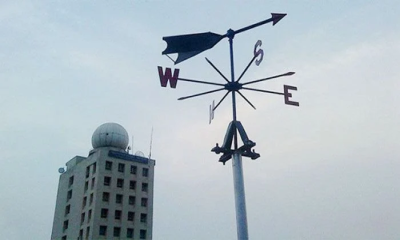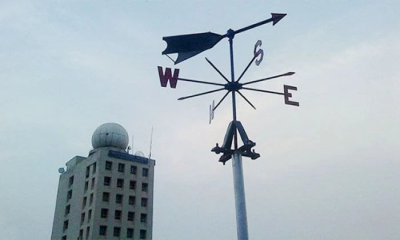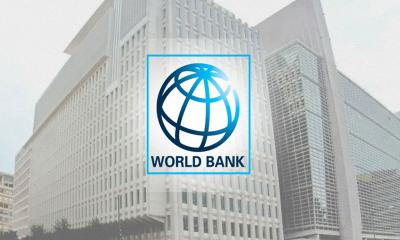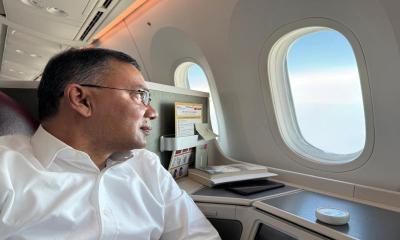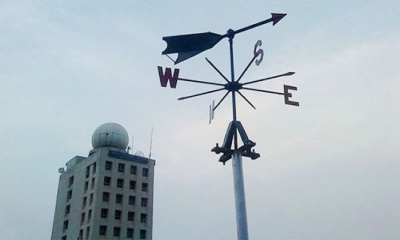On Saturday, a volcano in Iceland unleashed its fury for the fourth time since December, as confirmed by the country`s meteorological office.
The eruption, located on the Reykjanes peninsula just south of Iceland`s capital Reykjavik, sent plumes of smoke and rivers of bright orange lava soaring into the night sky, painting a vivid scene against the darkness.
A video captured from a Coast Guard helicopter and broadcasted by public broadcaster RUV revealed the dramatic spectacle, with molten rock shooting from a lengthy fissure in the ground, while lava cascaded swiftly to either side.
The eruption started at 20:23 GMT, with the fissure stretching approximately 2.9 kilometers in length, mirroring the size of the previous eruption in February, as reported by the Icelandic Meteorological Office.
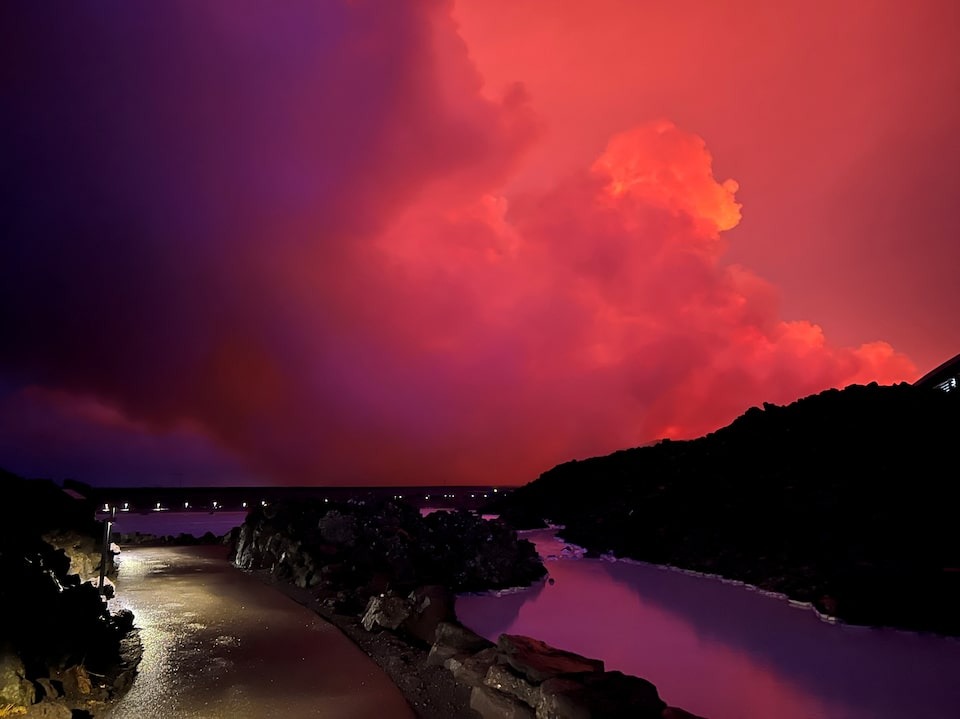
Authorities had been on alert for weeks, anticipating an eruption in the area. The site of the eruption, situated between Hagafell and Stora-Skogfell, echoed the location of the previous outbreak on February 8th, according to the Met Office.
Rikke Pedersen, head of the Nordic Volcanological Centre, acknowledged the anticipated event, emphasizing the unpredictability of the exact timing. The eruption occurred merely 15 minutes after initial signs of activity, underscoring the challenges of volcanic prediction.
Reykjavik`s Keflavik Airport remained operational for departures and arrivals despite the eruption. However, nearby areas faced evacuation orders, with the town of Grindavik witnessing a rapid flow of lava towards its vicinity. Reports indicated that residents were once again forced to evacuate, reminiscent of a similar scenario in January when several homes were engulfed by lava.
Kristin Maria Birgisdottir, a resident evacuated in November, portrayed a sense of resignation amidst the recurrent eruptions, highlighting the normalized response among locals to such events.
Authorities declared a state of emergency for the affected area, with Icelandic police taking necessary measures to manage the situation. The renowned Blue Lagoon geothermal spa promptly closed its doors, prioritizing safety as per previous eruption protocols.

Iceland`s volatile geological landscape, peppered with over 30 active volcanoes, attracts enthusiasts and tourists alike. However, the eruption`s aftermath underscores the risks associated with living in close proximity to such natural phenomena, with ongoing efforts to mitigate potential damage and safeguard communities and infrastructure from the fiery wrath of the earth.
As the volcanic activity continues, scientists anticipate potential long-term eruptions, prompting Icelandic authorities to implement preventive measures, including the construction of dykes to redirect lava flows away from populated areas.
With Iceland positioned atop the Eurasian and North American tectonic plates, the region remains susceptible to seismic and volcanic activity, underscoring the dynamic forces shaping the island`s landscape.




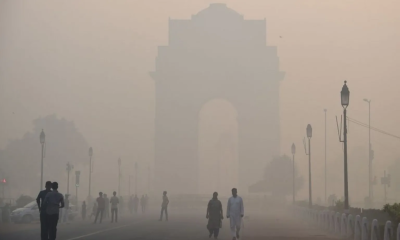
-20251226051932.jpeg)
-20251222051606.jpeg)
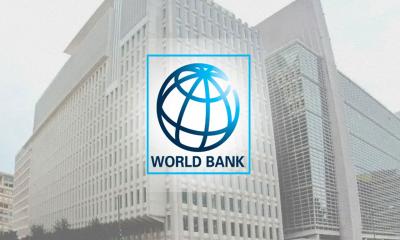
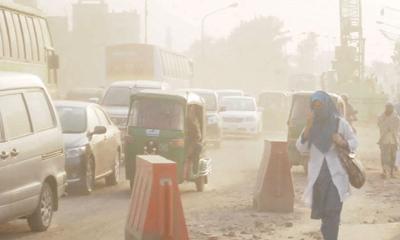

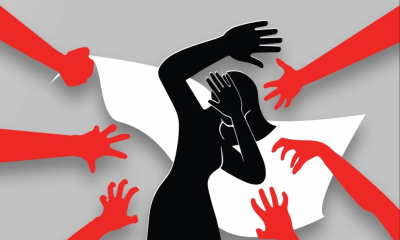

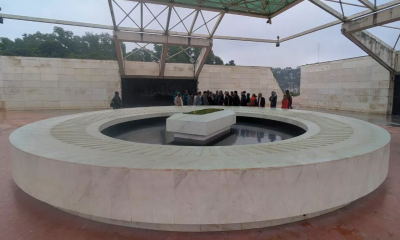












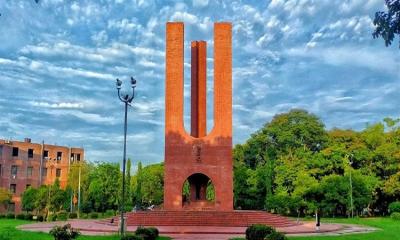



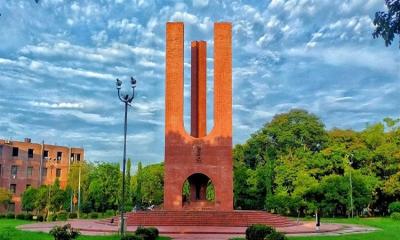
-20251227141313.jpeg)
